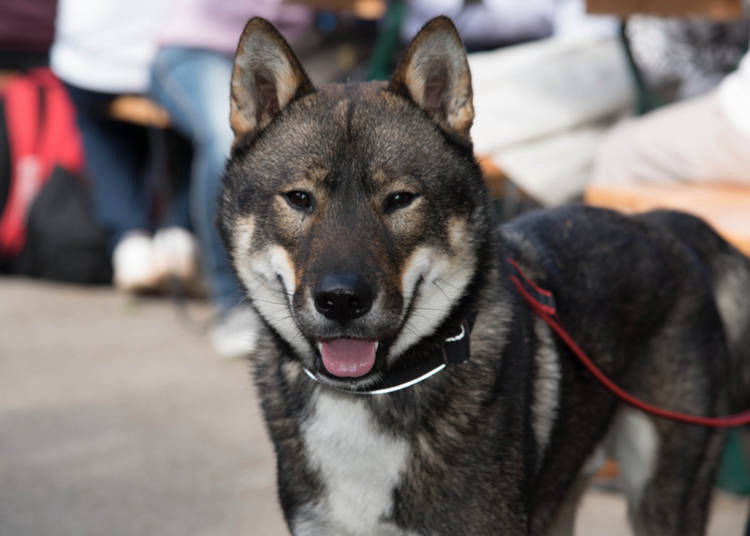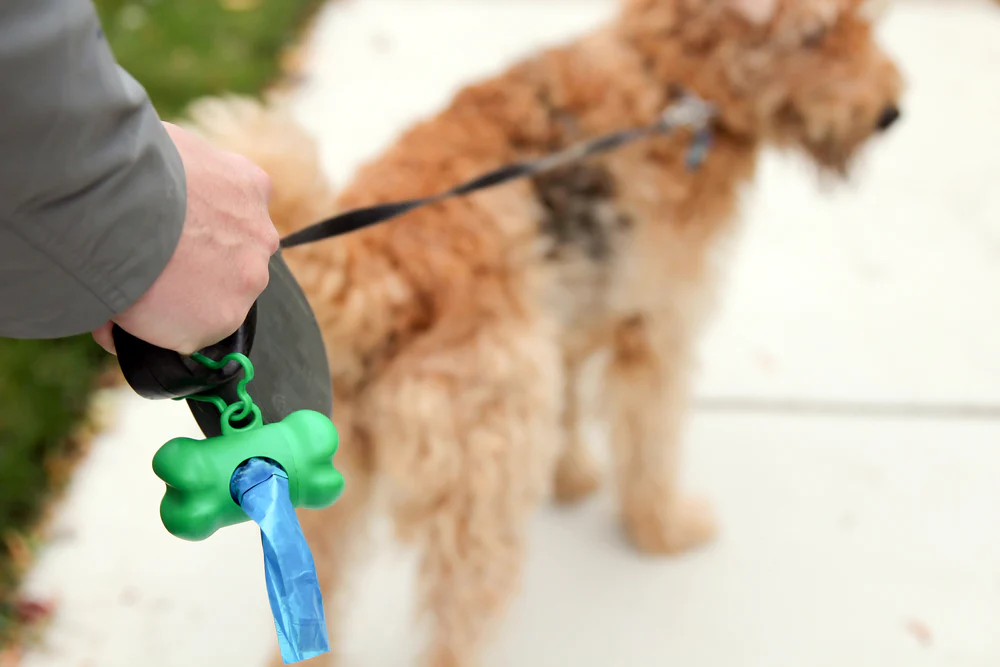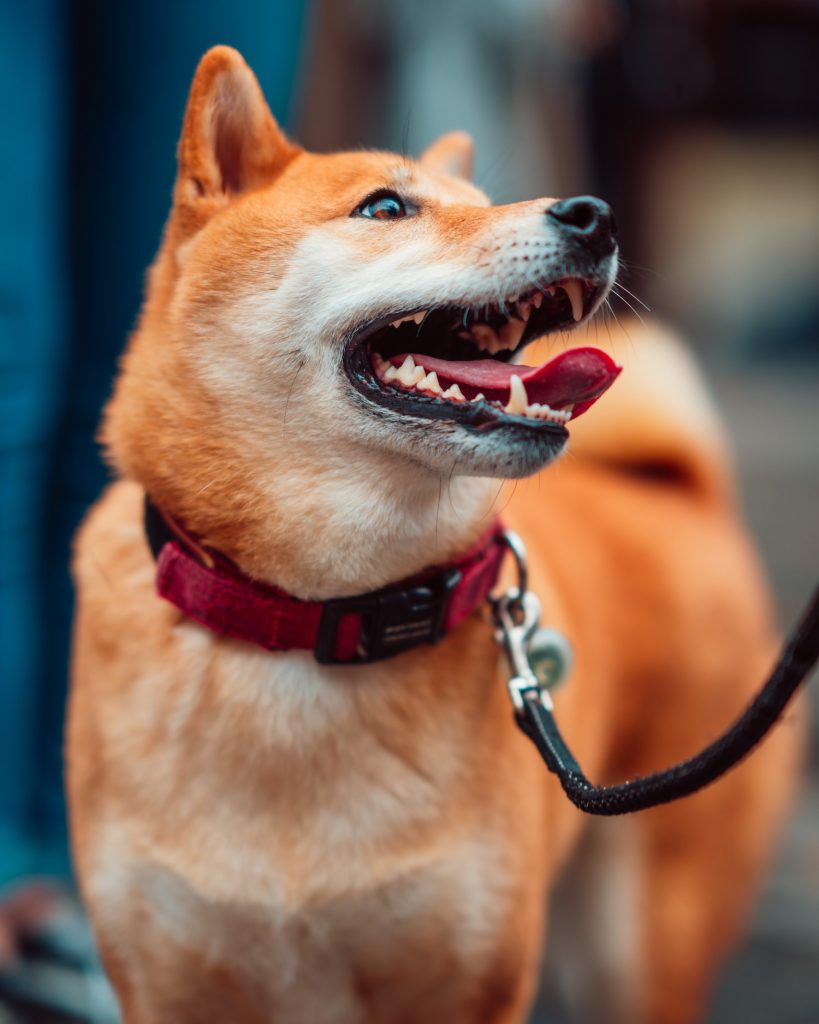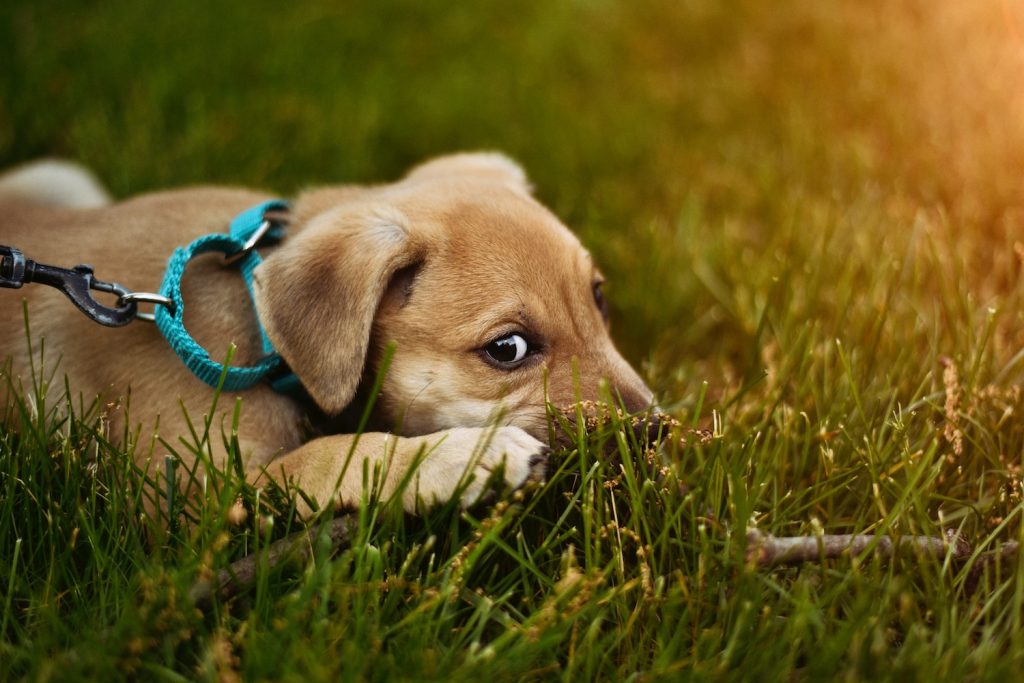
Every dog should learn basic leash techniques regardless of size, age, or type of lifestyle. As a dog owner, you should be able comfortably to take your dog for a stroll through the neighborhood or to the vet’s office without falling over the leash of your dog or wrapping your legs in. Your dog should also be able to walk in a calm manner next to you, without pulling off the dog lead or pulling your legs.
Training dogs on leashes isn’t easy. We’re dog owners too, and we’ve also experienced it. Through the years, we’ve gained a wealth of knowledge that we’ll be sharing with you in the following article. We know how difficult it is, which is why we’ve provided an easy and simple guide on how to help your dog learn to walk on a leash.
We hope these strategies will make it easier to teach your dog to walk with your companions. There are a variety of methods listed below, or just pick one method to work on every week. Be aware that there is no one method that will work for all canines. It is crucial to have appropriate leash training to ensure the safety of you and your pet. Let’s take a dive, will we?
#1. Pick the Right Dog Collar and Dog Walking Leash
Before you can walk your pet on a leash, you’ll have to select the right dog collar or harness for walking your dog that is suitable for your dog and the correct leash for your dog.
If, for instance, you have small dogs, such as one a Chihuahua, you’ll need to utilize a dog harness instead. When it comes to larger dogs, you could choose a retractable leash for dogs or rope dog leashes. Whatever kind that dog leads you to decide to choose, be sure you give it to the puppy in the beginning. This way, they’ll become familiar with it and become comfortable with it.
You’ll also need to take plenty of treats so that your pup can be rewarded when exercising on a leash. If it’s beneficial to you then you might want to invest in a treat pouch for training. It will allow you to be in a position to keep the treats in the pouch rather than having them in your hands. You’ll not be irritated by being occupied with your hands when you’re training. You can also make use of the Clicker or marker to reward positive behavior. A clear “yes!” works as well.
#2. Basic Commands for Dog Leash Training
There are a few fundamental commands your pet must know prior to beginning the process of training your dog on leashes. Two of the most basic commands are “come” as well as “stay” to be able to train your dog to walk on a leash in a safe manner.
“Come” means that your dog needs to stop what you’re doing and move toward you. “Come” is a crucial command to give your dog a “come” signal is essential when you’re trying to set your dog up to go for a walk while you are elsewhere in the house.
The “Stay” command will teach your dog to stay still for a brief period of time, which allows you to wear the harness or collar and the leash prior to going out for a stroll or crossing the street as well as waiting for the “walk signal.
#3. Keep Sessions Short and Simple

Before beginning any training, you should allow your pet to become comfortable and familiar with their harness or collar. Begin with a simple and small amount.
When your dog goes out into the yard Make sure you start connecting the collar or harness to your pet. This and the practice of letting your pet wear the leash and collar for short amounts of time while playing with them and feeding them treats will make your dog used to wearing it.
As time goes by Your dog will gradually get familiar with the feel of the collar as well as the leash. They will begin to think of food and enjoyment.
If your adult or puppy dog has not been on a leash before It is recommended to start with short sessions of positive reinforcement. Training at the home should be good enough. When walking on leashes improves, the training sessions could be more strenuous and longer.
Be sure the collar isn’t snug around the neck of your dog because it can cause discomfort and annoyance.
#4. Less Energy Before Leash Training
If you can find ways to exhaust your dog prior to taking it on a leash walking session, you’ll see that training for dog leashes can be much easier. The dogs who are energetic might be inclined to pull, so it’s recommended to burn some of the energy before you begin leash training.
Methods to use this energy are:
- Fetching with balls, or frisbees outside in the backyard or the dog park.
- Your dogs should be allowed to let them run around freely outside in your backyard.
- Swimming.
Each of these activities allows your four-legged companions to make use of some stored energy.
If the stored energy isn’t utilized the dog may adopt bad behavior and behaviors. For instance, certain dogs can bite their leash while training or walking. If this happens it’s a great idea to purchase your pet non-destructible pet toys or bones for dogs.
Chewing on durable dog toys or bones for dogs is a way to satisfy their natural desire to chew, without resorting to inappropriate chewing habits. It is not surprising that chewing on dog bones can wear dogs out, so it is recommended that you let them chew on their bone prior to the session.
#5. Leash Training to Walk by Your Side
While walking, it’s essential to teach your pets to remain by your side. Whatever side they decide to stay on, make sure they stay steady and stay on the same side.
The norm is that dogs are walked to the left of their owner. If you prefer your dog to walk on your right side, it’s fine. This can help keep you from slipping or injuring yourself or your pet. It’s not fun when your dog’s friend is constantly bouncing around and back.
It is recommended to follow the steps below:
- Leash your dog shorter than it is necessary to stop him from moving away from your side which will model the ideal walking posture you’d like him to walk in. However, you shouldn’t make it too small that you’re pushing your dog.
- Also, you can draw him into the appropriate zone and place him close to you with small, soft snacks. By clicking or giving him your praise, it is possible to identify his or her behavior that is correct.
- Stop luring when your dog gets the concept and teaches the correct way to walk. Keep rewarding them for being by your side.
#6. Treats and Rewards When Leash Training Your Dog

Lots of rewards and treats are necessary when you are leash-training your dog. Every time you see your dog get the leash walking down for a short amount of time ensure that you give them the praise of a treat or praise.
In the beginning, you should give treats every few steps, and gradually increase the distance before and after treats, until your pet gets used to being at your side with no treats. Make sure your treats aren’t too big and soft so that your dog will take them in a snap and then continue to train your dog on a leash.
#7. Gentle Leash Pressure
If your dog isn’t walking anymore or doesn’t want to walk with you, apply gentle pressure to the leash. The pressure will remind the pet about your control and presence, and make it difficult for them to avoid your presence.
Do not drag or force your pets toward you. If your furry companions are following you and begin to move towards you, be sure you praise, reward, and let the leash go. pressure.
#8. Puppy Leash Training
If you’re working on leash training for your puppy, ensure that you start with baby steps. Begin by attaching the leash when you are indoors and then play together with the pup to keep him entertained and off the leash prior to going out and walking on the leash.
To prevent irritation and discomfort to avoid discomfort and irritation, ensure that the lease is not too tight. The next step is to practice placing your puppy on a leash inside your backyard. If you’re worried that your furry friend might wander off and leave the backyard during leash training, ensure that there’s an enclosure to protect them.
It is essential that your puppy gets used to leash training outdoors and indoors. Through consistent training, your dogs will not be aware of the leash and you’ll be able to extend your walks with them.
#9. Be Patient

Patience, time, and energy are the three main components necessary during training for dogs on leashes. It is important to remain relaxed and patient. Take your time and remain calm and composed However, you must also remain perseverant during your leash training.
Even if it’s just a minor achievement, you should be praised and rewarded as these little actions will add up over time. Through consistent training on a leash the four-legged members of your family will learn to trust the leash, and eventually, be able to walk on it.